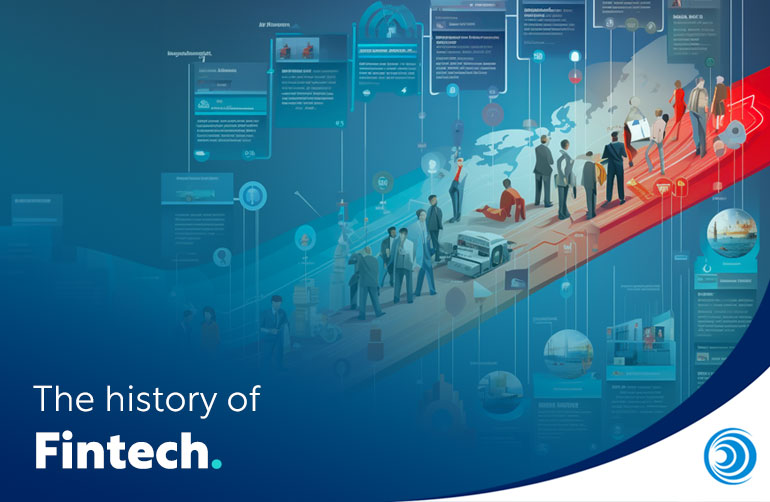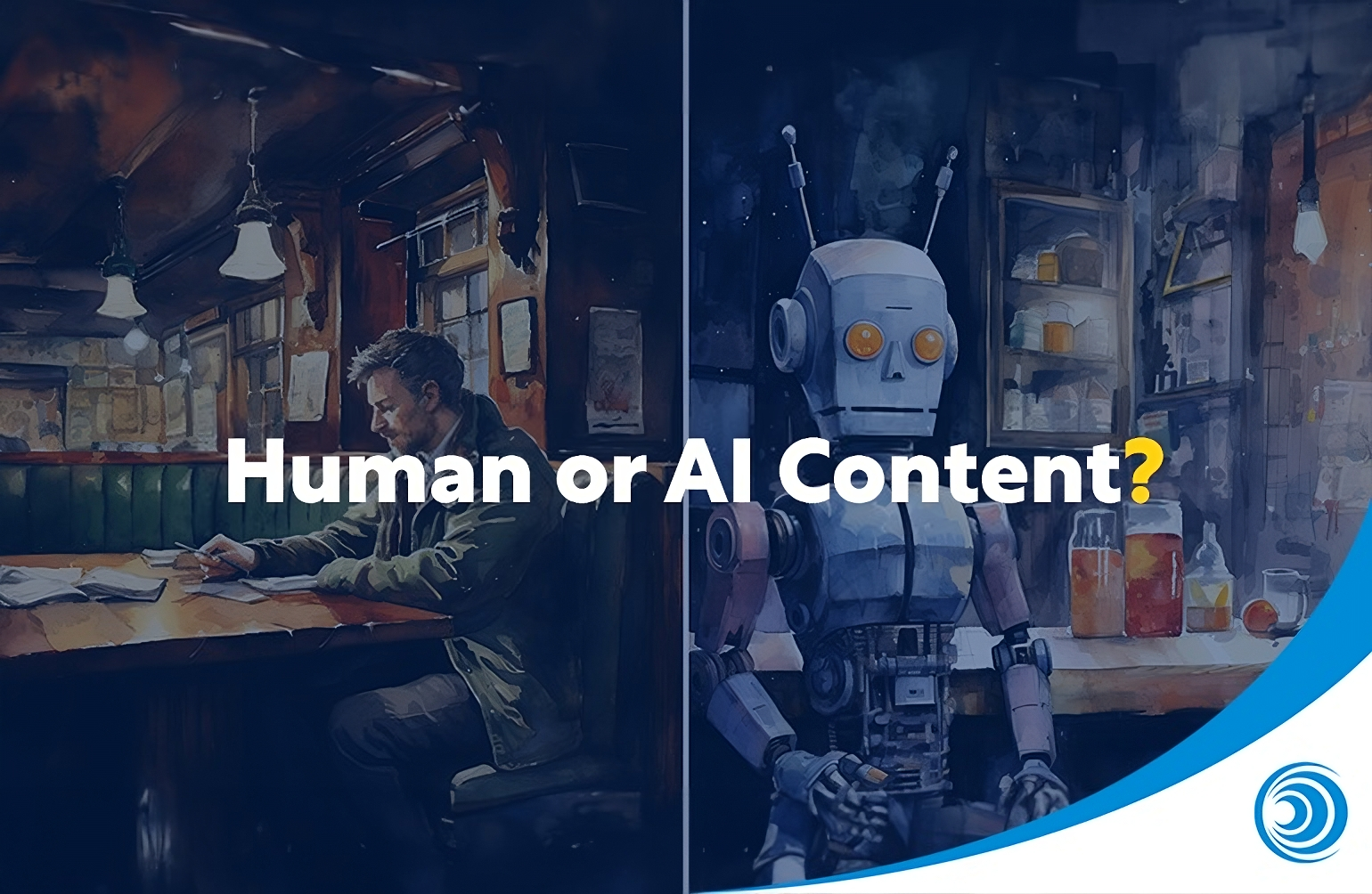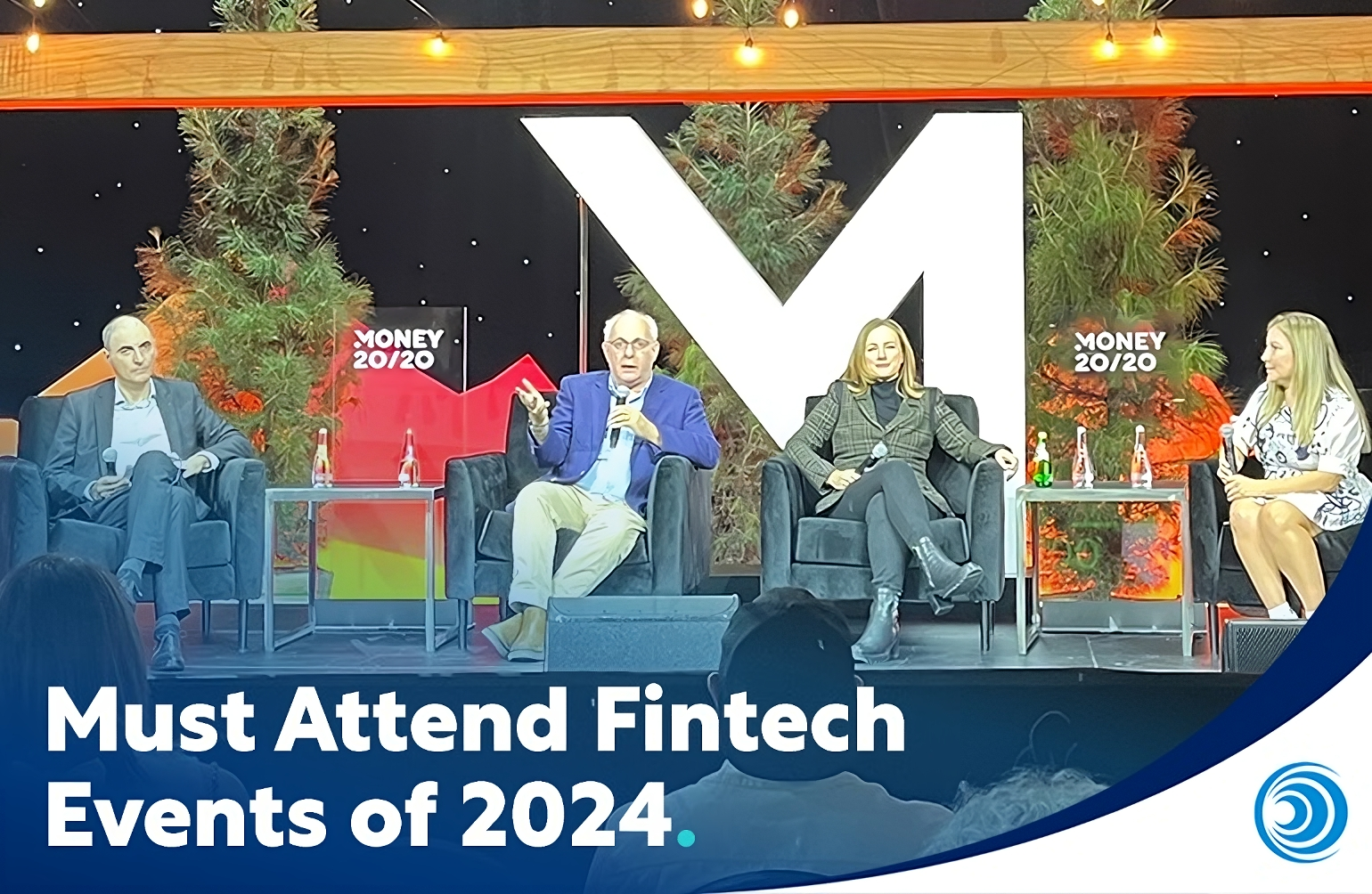
A Brief History of Fintech
The great science fiction writer Issac Asimov once wrote:
It is change, continuing change, inevitable change, that is the dominant factor in society today... This means that our statesmen, our businessmen, our everyman must take on a science fictional way of thinking.
The history of fintech reflects this principle.
The first electronic payment transfer took place just over a century ago. The internet first appeared four decades ago (in 1983). And digital banking and fintech companies have appeared following the global financial crisis of 2008.
Let's look closer at fintech's history and how it gives us insight into today, and the future...
What is fintech?
Fintech (a portmanteau for 'financial technology') refers to both technologies and companies in the financial sector.
It covers a range of financial products or services, from B2B financing solutions for large multinational enterprises to apps for leaving tips in local restaurants.
These services were developed relatively recently and have quickly become an essential part of our modern daily lives.
The global fintech market looks set to grow at a compound annual growth rate (CAGR) of 16.8% (USD 492.81 billion) by 2028.
When was the term 'fintech' first coined?
Fintech may sound like a modern term, but it was first used in 1971. This was two years before the US introduced their first ATM.
But it wasn't until 2015 that usage of the term significantly picked up.

Early fintech history
1866: The transatlantic cable
The first financial technology can be traced back to 1866, when Cyrus West Field laid down the first transatlantic cable.
This made near-instantaneous information transfer over long distances possible for the first time in history.
Organisations (including banks and newspapers) and individuals could now make and implement decisions across large distances faster than ever.
1918: The first electronic money transfer
The first electronic money transfer was carried out in 1918 by Fedwire using the transatlantic cables and Morse code.
This effectively introduced digitisation to wire transfers. It connected 12 federal banks by telegraph, marking the beginning of fintech and the electronic fund transfer system as we know it today.
1950: The first credit card
The first credit cards appeared in the USA in the 1950s.
The New York-based Diner’s Club introduced their 'universal credit card' in 1950. This was initially limited to restaurant payments, but it paved the way for a cashless economy.
American Express and Barclays followed suit in 1958 and 1966. Today, 84% of US adults have credit cards.
1967: Automatic Teller Machines (ATMs)
In 1967, Barclays Bank in London installed the very first ATM.
ATMs made a big difference in how people accessed money and financial information. Banking became more convenient and overcome limitations of banking hours and the need to talk to a teller in person.
1970: Clearing House Interbank Payments System (CHIPS)
In 1970, electronic payments began to take shape with the creation of CHIPS in New York City. This system made interbank payments simpler and faster.
1973: Society for Worldwide Interbank Financial Telecommunications (SWIFT)
Just three years after CHIPS was created, SWIFT brought together 239 banks from 15 countries.
SWIFT created a secure messaging network for financial institutions. This made it easier and more reliable to send money across borders. It radically changed how banks around the world worked together.
The history of modern fintech
In the late 1990s, fintech as we know it today first emerged. From here on in, innovations and change came quicker than ever before with disruptive technologies.
1997: First online banking
In 1997, Sumitomo Bank in Japan offered the first online banking service.
Other banks soon followed. These services enabled customers with mobile devices to:
- Access their accounts
- Transfer funds
- Pay bills online
This marked a major shift away from physical banking infrastructure. Bank branches and cash became less central to people's lives, as digital financial transactions became more common.
1998: PayPal is founded
In March 2000, PayPal appeared after a merger between Confinity Inc. and X.com (recognise this name?!)
It sparked a fintech revolution that continues to shape our digital financial world even today. Now, instant transactions with no need for a bank account or a credit card were possible.
And it provided seamless integration with powerhouses of eCommerce, like eBay and Amazon.
PayPal quickly became a household name, propelling fintech into the mainstream and starting a new wave of innovation.
1999: Proto-mobile payments & contactless
In 1999, Telenor and Ericsson in Norway enabled an early version of mobile payments.
Initially, it allowed customers to purchase and pay for cinema tickets. Users could select a film, showtime, and seating location.
Payment options included a standard bank-card, credit card, or a pre-filled "mobile wallet". The service communicates with banks or credit institutions to transfer funds.
Later on, it expanded its offerings. At the time, a joint press release by the companies stated:
"The advantage for customers is that they do not have to come to pick up their tickets 45 minutes prior to the movie. You will thereby avoid annoying telephone queues," explains Telenor Mobils Director, Knut Oppegaard, who adds that buying cinema tickets is just the start of what this technology may be used for.
The early 2000s was also when widespread use of contactless payments started. This made card payments and travel significantly more convenient than even the chip and pin method had done.
2008: Global financial crisis for banks, opportunity for fintech companies
The 2008 global financial crisis brought the global banking system to the verge of collapse.
Traditional financial institutions experienced huge financial and reputational damage.
Fintech firms were able to capitalise on this by offering their alternative solutions. They leveraged a range of new technologies to mine financial data and develop innovative financial solutions, including:
- Mobile device technology
- Cloud computing
- Big data analytics
- Machine learning
- Artificial intelligence (AI)
These technologies allowed fintech companies to offer many new user-friendly platforms, integrations, and cost-effective services.
2009 - 2016: The rise of smartphones and online banking
The rise of smartphones gave birth to apps that made fintech services accessible to everyone. This led to a rapid growth in fintech's popularity.
With a smartphone, you could do all sorts of things like paying off your credit card, checking how much money is in your account or paying your bills.
This convenience became even better when Venmo came along, allowing people to make payments right from their phones.
Google and Apple introduced their payment systems using NFC technology, making payments easy. These innovations have contributed to the growth of the fintech industry, benefiting all age groups.
2016 - present: Fintech matures
Since 2016, fintech has matured a lot. Regulation has grown, which makes it safer and more trusted. And it now includes different areas like insure-tech, prop-tech and blockchain.
According to one report, the global number of fintech app users grew from 15% to 64% between 2015 and 2019 alone.
Fintech companies often collaborate with traditional banks and other financial institutions to create new financial services.
A great example of this is the Goldman Sachs and Apple partnership, which launched the Apple Card back in 2019.
Specialist fintech marketing agencies (like us!) appeared and began implementing specialist fintech marketing strategies.
The difference is between business-to-business (B2B) fintech marketing strategies and business-to-consumer (B2C) ones soon became clear, too.
In other words, the industry has transformed from being simple and disruptive to complex and established.
The future for financial technology
Fintech is growing incredibly fast. Its revenue is projected to reach over USD $9.245 billion in 2027.
The Asia-Pacific region is expected to become its largest market, followed by North America.
According to BCG, fintech start-ups will likely shift to focusing on helping small businesses and expanding the B2B2X model. The later model stands for business-to-business-to-customer.
Blockchain technology and decentralised finance (DeFi) are also anticipated to play a significant role in shaping the future of open banking and fintech.
Conclusion
Financial technology (fintech) has transformed a lot over the past century or more.
Its foundations began with the laying of the transatlantic cable in 1866. This powered instantaneous information transfer.
This was followed by increasingly fast-appearing milestones. These include the first electronic money transfer in 1918 and the introduction of credit cards in the 1950s.
The 1990s saw the rise of online banking and the launch of PayPal, which propelled fintech into more mainstream adoption.
Then, the 2008 global financial crisis created the perfect opportunity for fintech companies to rally against the traditional banking institutions.
Fintech has now become an integral part of everyday life. It has disrupted financial services by offering more efficient and accessible payment options than traditional banks.



